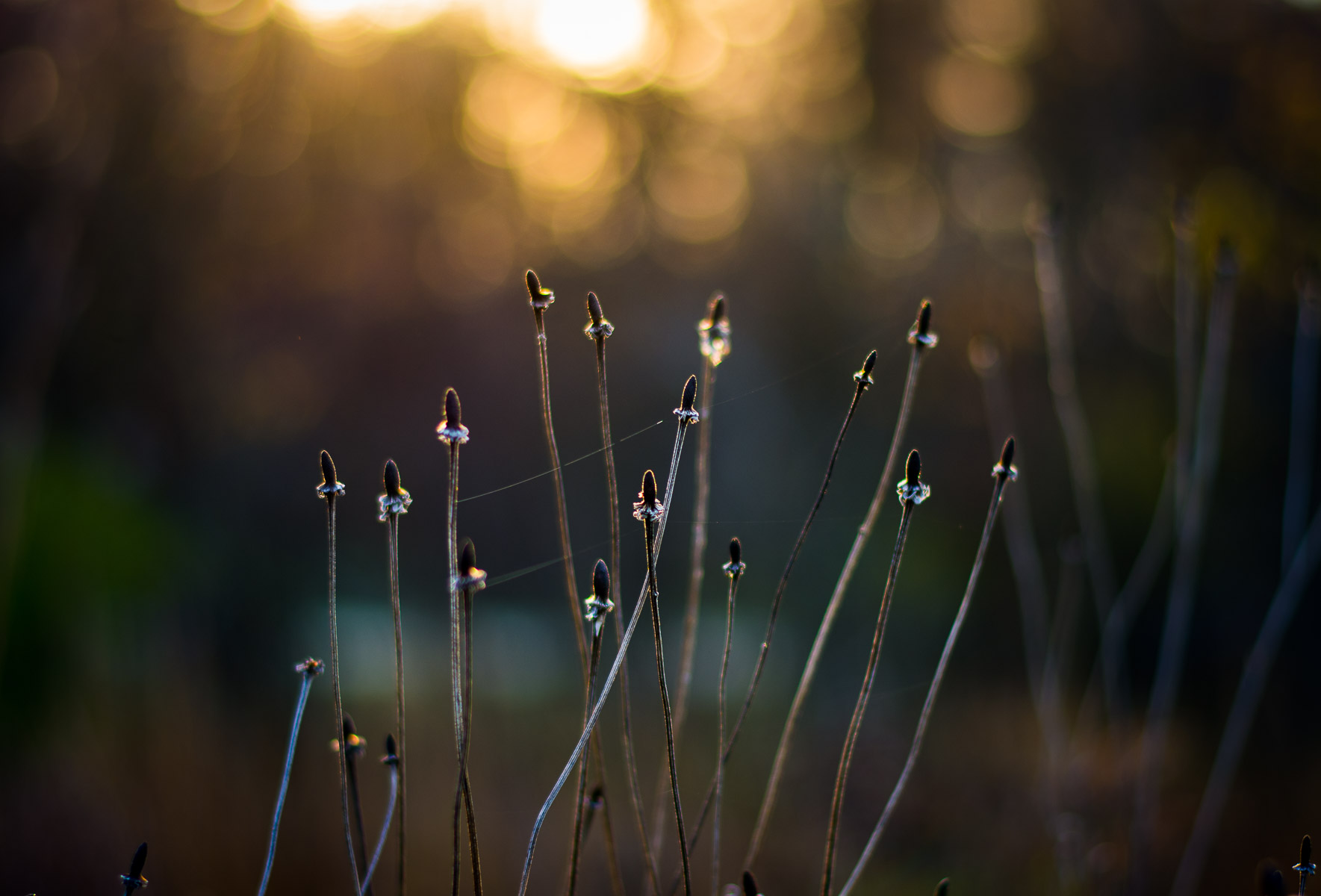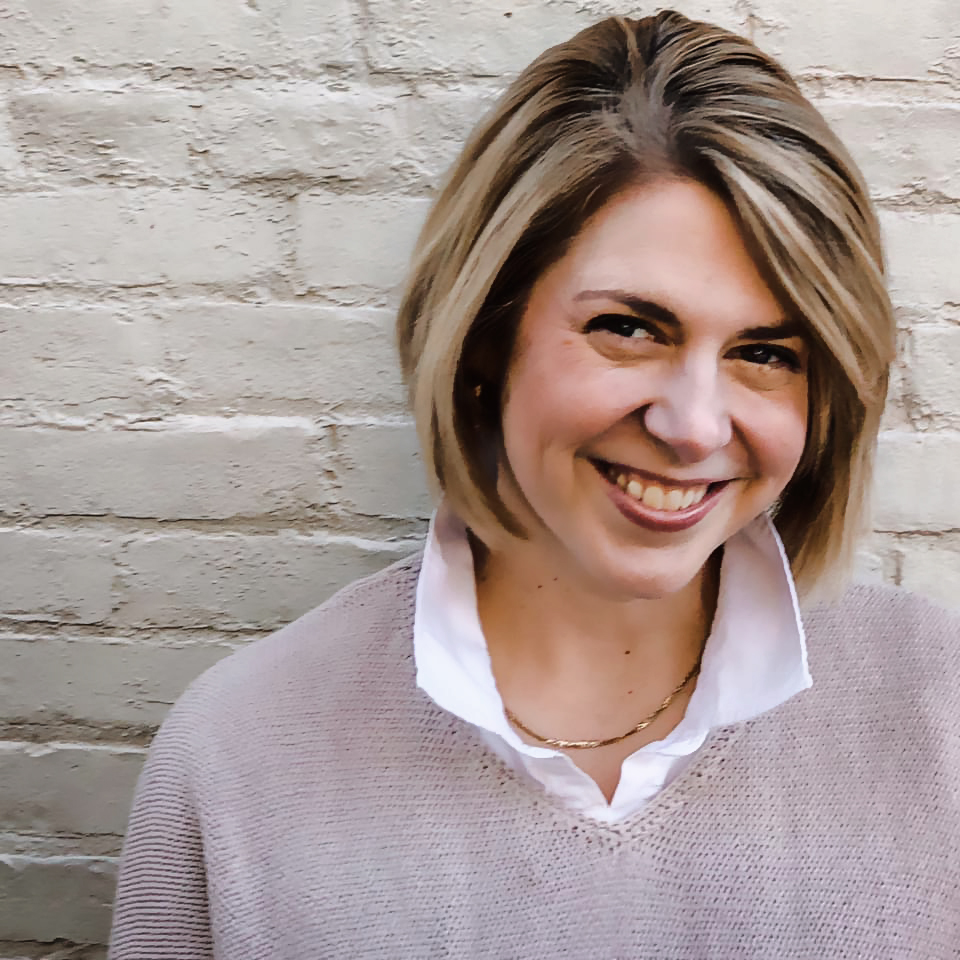Reading the poet Rainer Marie Rilke’s Letters on Cézanne opened my eyes to how I had barely been perceiving the depth of Paul Cézanne’s work. Even though he has been one of my favorite painters to ruminate over in museums (mostly his landscapes, trees, and still lifes) I realized that I had only been looking at the surface of things. Rilke’s passionate and incisive words, written to his wife after he discovered Cézanne’s paintings in Paris, have helped me love Cézanne’s work even more. To keep Rilke’s insights in my mind, I have written this found poem with a response.
The Academy of American Poets defines a found poem as the following:
“Found poems take existing texts and refashion them, reorder them, and present them as poems. The literary equivalent of a collage, found poetry is often made from newspaper articles, street signs, graffiti, speeches, letters, or even other poems. A pure found poem consists exclusively of outside texts: the words of the poem remain as they were found, with few additions or omissions. Decisions of form, such as where to break a line, are left to the poet.”
After exploring Cézanne’s paintings, Rilke shares his discoveries with his wife
(a found poem using the words of the German poet Rainer Marie Rilke, in three parts)
Oct. 7, 1907
Here,
all of reality is on his side—
In his dense quilted blue
and the reddish black of his wine bottles,
[Here]
the humbleness of his observations—
the apples are cooking apples,
and the wine bottles belong in
the bulging pockets of an old coat…
Oct. 13, 1907
. . . these colors could heal me of all indecision.
The good conscience of these reds, these blues —
their simple truthfulness educates you.
And if you stand among them,
you get the impression they are doing something for you.
Oct. 19,1907
One can find examples among his earlier works
where he surpasses himself to achieve
the utmost capacity for love —
a simple life of love which endures.
How very much of one piece is everything
we encounter; how related one thing is to the next.
All we basically have to do is be there,
simply, ardently—
the way the earth simply consents
to season, night and day and
altogether in space.
Response to Rilke and Cézanne
After Paul Cézanne Vue sur L’Estaque et Le Château d’If
“I wanted to tell you about all this, because it connects in a
hundred places . . . and with ourselves…”
Rainer Rilke on Paul Cézanne, 1907
Staring straight through the parted trees, into
the colors of l’Estaque, I want to grab
your hand, step through the frame. We’ll walk
down the path and shimmy over red roofs,
then dive into all those blues and greens.
Around the Marseille Bay we float,
content and satisfied, and slightly sunburnt.
![]()
Featured image is courtesy of Julie Jablonski and used with her kind permission for Cultivating.
Leslie Anne Bustard takes great joy in loving people and places, whether at church, around her kitchen table, in a classroom, or traveling around. She delights in words, and marvels at the beauty found in the details of ordinary life. Reading, writing, teaching literature, baking, producing high school theater, and museum-ing are some of Leslie’s favorite things. Leslie is the host of The Square Halo, a podcast for Square Halo Books and is developing a book titled Wild Things and Castles in the Sky: A Guide to the Best Children’s Books. She and her husband Ned have been married for 30 years and live in a century-old row house in Lancaster City, where they raised their three daughters.
Leave a Reply
A Field Guide to Cultivating ~ Essentials to Cultivating a Whole Life, Rooted in Christ, and Flourishing in Fellowship
Enjoy our gift to you as our Welcome to Cultivating! Discover the purpose of The Cultivating Project, and how you might find a "What, you too?" experience here with this fellowship of makers!


Add a comment
0 Comments